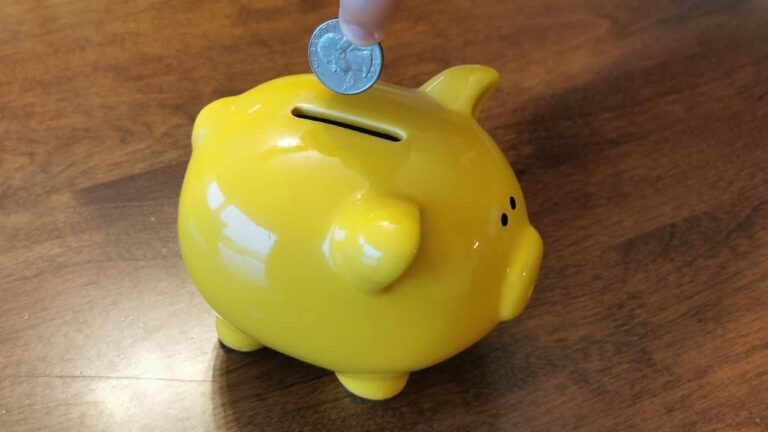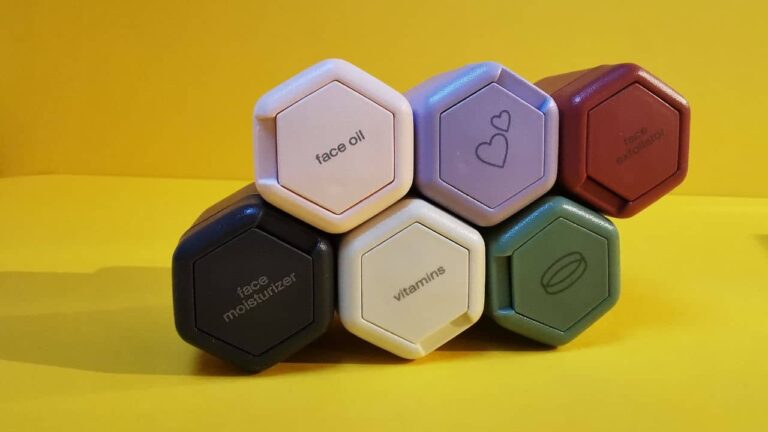Does Howard’s Soda Can Trick From Better Call Saul Work?
I’ve had soda cans erupt on me several times in my lifetime. I’ve also seen numerous theories pop up on the internet about how to prevent this from happening. Howard from Better Call Saul came up with a seemingly unique solution; by slowly rotating a newly shaken soda can a couple of times, you can avoid the inevitable shower of the carbonated beverage. So I tested the trick out myself.
Howard’s soda can trick does work sometimes, helping in avoiding an explosion. By rotating the soda can, you slowly allow the centrifugal force to pull back the bubbles inside, preventing the soda from erupting on you. However, this trick doesn’t work every time, since the carbonation quantity varies with each soda.
From what I have found out, there’s no way of knowing for sure if the rotations are enough to dislodge those bubbles. So one moment, it may reduce the pop, and the next, it can have you swimming in sticky soda gunk. For the highest chance of success, I would recommend you perform this trick with patience, but, just in case, be prepared for an unpredictable eruption.
Howard’s Soda Can Trick Revealed!
Howard’s soda can trick is quite efficient and easy to implement if your soda can has fallen on the ground and you want to prevent being doused in soda gunk. All you have to do to avoid a soda can from exploding all over you is to first place it on an even surface, such as a table.
Next, you need to turn the can around clockwise slowly. In the video, Howard only rotates the can a couple of times, which I believe is slightly unrealistic. Make sure you do as many rotations as possible for at least 30 seconds, giving the CO2 bubbles inside the soda can ample time to dislodge from the surface.
Finally, just open the can as slowly as possible. The chances are that there won’t be a massive spill, and the CO2 will escape without dragging the soda out of the can.
The Science Behind the Trick
Rotating the soda can reduce the chances of an explosion, but what’s the science behind this trick? Before I answer that, you first need to know what causes soda cans to explode abruptly in the first place.
Why Do Soda Cans Explode?
Carbon dioxide molecules are thoroughly dissolved in the carbonated drink, so the pressure within the aluminum can is greater than the atmospheric pressure outside.
When you crack open a soda can, tiny bubbles fly out rapidly due to the depressurization of the CO2 and the liquid combination. The explosion begins with the CO2 particles that are closest to the top. Since gas is lighter than liquid, it rises to leave the can as soon as the seal opens.
There are a lot of CO2 bubbles sticking to the container’s interior, ready to escape. When you break the seal and let the CO2 escape, the gas bubbles glued to the container’s lid, sides, and bottom push the fluid out, causing the soda to burst out.
Why Does Howard’s Soda Can Trick Work?
When you rotate the can on a flat surface, like Howard does while showing the trick to an intern, you dislodge the bubbles off the bottom and the sides and rise to the top (since gas is lighter than liquid). The dislodge happens due to the centrifugal force pulling the bubbles inwards from the sides of the can. When that happens, the bubbles rise to the top, and only a tiny quantity of liquid impedes their exit when you open the can.
Unfortunately, I found out that there is no method to determine how many bubbles you have displaced throughout your rotating attempt. Allowing the can to sit for a bit to allow the gas to redissolve is the best action. If you can’t wait to open the can, you can tap the container softly and then slowly crack the seal (so the pressure drop isn’t as abrupt), which reduces the probability of a large explosion.
Howard’s “Science” And Its Flaws
Although you can significantly reduce the chances of your soda can exploding, I found out that a favorable outcome isn’t always guaranteed. There are some flaws behind this science; sometimes, this trick works better in theory than in practice.
Why Howard’s Soda Can Trick Doesn’t Always Work
Rotating the container doesn’t always help keep the CO2 inside the can nor make the bubbles fall back into the solution. While turning a can may slightly lower the degree of fizzing, it often does not keep the soda from bubbling over when the seal is opened.
The trick occasionally works since the extra time of the rotating process allows the CO2 to be reabsorbed into the soda. However, if the drink is highly carbonated, there’s no guarantee that all the CO2 is absorbed back even after you’ve rotated the can a couple of times. The chances are that there will still be a significant amount of fizzing involved, even though it would’ve been slightly lesser than before.
Specific Ways of Stopping a Soda Can From Fizzing
Now, if you’re searching for proven ways to minimize the fizz while opening a can, I would suggest you try the following methods I laid out for you. Remember that these methods only increase the chances of preventing a large spill but aren’t effective in all cases.
Put the Can in the Fridge
A chilly can of soda has less fizz than a warm one, and CO2 is more likely to remain “soluble” at low temperatures. Moreover, the colder the soda, the less CO2 there will be trying to escape. Therefore, your fizzy drink will less likely flow over the top when it’s opened.
Give the Can Some Time
Another way to prevent a soda can from splattering all over you is to leave the can unopened for a few minutes after shaking it. Most things heal with time, mainly if one of those things is the carbonation present inside a soda that wants to get at you.
Tapping Your Soda Can
Tapping your soda can, according to a scientist at Trent University in Canada, can keep the soda from fizzing over. This is because tiny bubbles cling to the can’s walls before opening them. If you don’t tap the container, tiny bubbles spread all over its interior walls, even the deepest sections, which increases the chance of them becoming more prominent in size upon opening.
Tapping dislodges the tiny bubbles from the can’s walls, causing them to ascend to the top. Upon opening the soda can, all of the fizz rises towards the top, and little fluid is ejected.
Conclusion
While Howard’s soda can trick might help you prevent the soda from fizzing all over you, it doesn’t mean that this trick will work in every circumstance.
The best way to go about this, according to my research, is to wait for a couple of minutes before trying to open the can, and you’ll significantly decrease the chances of getting yourself sprayed with soda. I hope you’ve learned something new today!
Source
- The Conversation: Does tapping a can of fizzy drink really stop it foaming over?








It’s not Howard’s trick; he learned it from Chuck (Charles McGill).
You’re absolutely right! But Chuck is dead 😉
The one almost-never-fail trick for me is to crack a can gently, gently, gently. Lift the tab just barely enough to let the gas start escaping — it should still look closed. Wait for the hissing to stop. Crack the top a little more. If it still hisses, stop until the hissing goes away. Lightly pinch the can’s sides. If they flex easily (which they should by now), finish opening the can.
@Irene, I think that’s how most of us *have* done it, but come-on this is much cooler don’tchathink?
The centrifugal forces here are insignificant. I suggest that when the trick does work, it is because spinning the can on the table produces vibrations in the can that dislodge the bubbles and let them float to the top of the can.
I’ve done this many times and the amount of times the author suggests (as many times as possible in 30 seconds) just leaves me with a flat soda.
I myself only rotate the can a couple times (3 to 5 full rotations, but a little quicker than what Chuck does it) and it works every time.